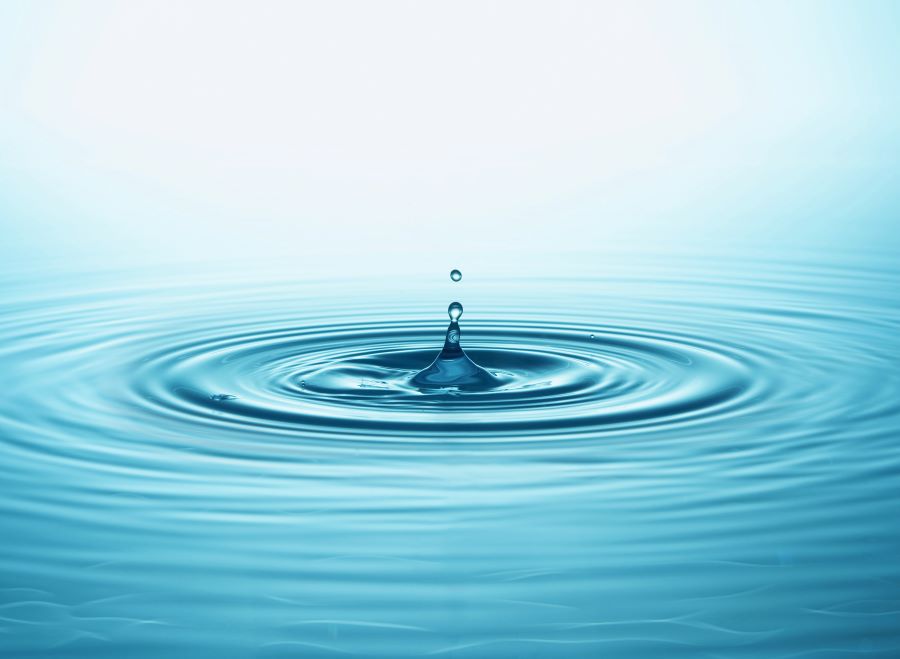We are living in a period of dynamic change where disruptive forces are intersecting, colliding, repelling, and coming together in a heady melting pot. The speed of this change is unparalleled, accelerating and becoming more disruptive. Tectonic shifts once took 100 years and are now routinely taking less than 20 years. What took the telephone nearly 80 years to reach 50% of US households, took the ‘smart’ phone about 6 years. Not only that just think of some of online giants of today and consider where they were 20-25 years ago. Businesses such as Airbnb, Uber, eBay even Amazon.
To put this into perspective, Cisco’s 2020 Global Networking Report estimated that mobile traffic will increase by 42% by 2022 and that virtual and augmented reality traffic will expand 12-fold. If you take a look at electric vehicles, Tesla is now valued at $1 trillion with one of their electric vehicle competitors, Rivian (who, you may ask?) already achieving a valuation high of $100 billion. Such is the speed of change that what we see as today’s marvels, are fast becoming the new normal. From AI, surgical robots and driverless cars to drone swarms, the changes unfolding before us are breath-taking; and the speed of disruption is only accelerating.
We all have the benefit of hindsight but deciphering the future is much more difficult and positioning organisations for it is even more complex. We can use the past as well as the behaviours, patterns and trends we see around us today to signal what the future could look like. Some of these signals are as ‘clear as day’, others are more nuanced and subtle, but they are there. One thing for sure is that to think about strategic positioning in terms of the next few years and in continuous improvement terms will no longer cut it. Organisations are courting disaster if they do not know what their disruptive future will look like in 10-20 years; have not worked backward to optimise both the here and now and position themselves for that future in a managed and evolutionary way. Management teams need to consider the real possibility that new competitors in potentially unrelated fields, with significantly less resources have already done the work to generate that foresight using the multitude of data available and started out on that disruptive journey yesterday.
If we learn nothing else from Darwin’s theory of evolution or the extensive corporate graveyard littered by both small and behemoth organisations alike, it is this: not evolving at the right pace or direction means that many enterprises will go the way of the dinosaurs and a darn sight quicker than ever expected. Even the disruptors of today are finding themselves being disrupted by new upstarts.
We routinely track, using our APTIM-Solutions proprietary intelligence platform, over 40 disruptive forces that are broadly classified into six dimensions: technology, demographic, environmental, economic, political and social. All of which play a seismic role in an unfolding future. These primary forces can sometimes act independently, compete, converge, and sometimes collide at different rates, intensities, and importance, depending on the contextual complexity and adjacencies in which an organisation operates. Organisations need to understand the behaviour of these forces and develop them into a considered, plausible and holistic view of the ‘future world’. They can then prioritise the challenges that need to be overcome as well as mapping the inputs, timings and architecture required to win the right to compete for a share of this future opportunity; whilst optimising the ‘here and now’.
To win the right to compete in a sustainable manner, organisations are not only going to have to think in terms of the environment but more holistically across all of the 6 strategic dimensions mentioned earlier, including the ethics of the decisions being made. Especially as technologies benefit from significant improvements in mobile connectivity and speed, quantum computing and AI. While at the same time 2 billion people are being added to the world’s population – and the ranks of the middle-class – as well as an increasingly clearer picture of the damage sustained to the environment. All of which will drive increasing levels of social activism, capital shifts as well as political and regulatory intent.
Our research clearly shows that today’s organisations, public or private, will not be able to hide behind the whirlwind of short-term challenges and financial objectives for very long. The growing pressure being exerted by public activism, trustees responsible for safeguarding and growing pension pots, governments, regulators and ultimately investors and fund managers themselves means the impact of the medium- and long-term disruptive future will have on enterprises cannot be ignored.
Embracing the art of disruption is a critical function and core competence that needs to be embedded into any organisation’s DNA. The goal being to bring about revolution in an evolutionary way (though this transition may not be as long as one may think or hope), through 3 phases of growth: optimising the ‘here and now’, transitioning through the medium term and bridging to the disruptive future and by doing so, winning the right to compete for a share of that future.

